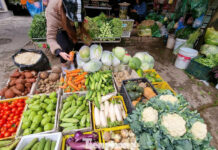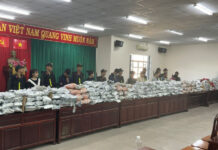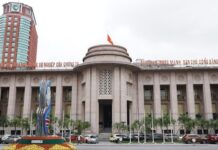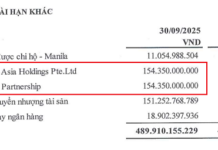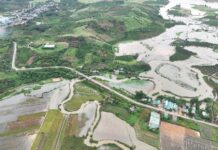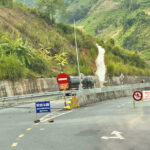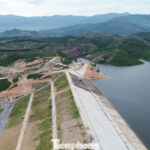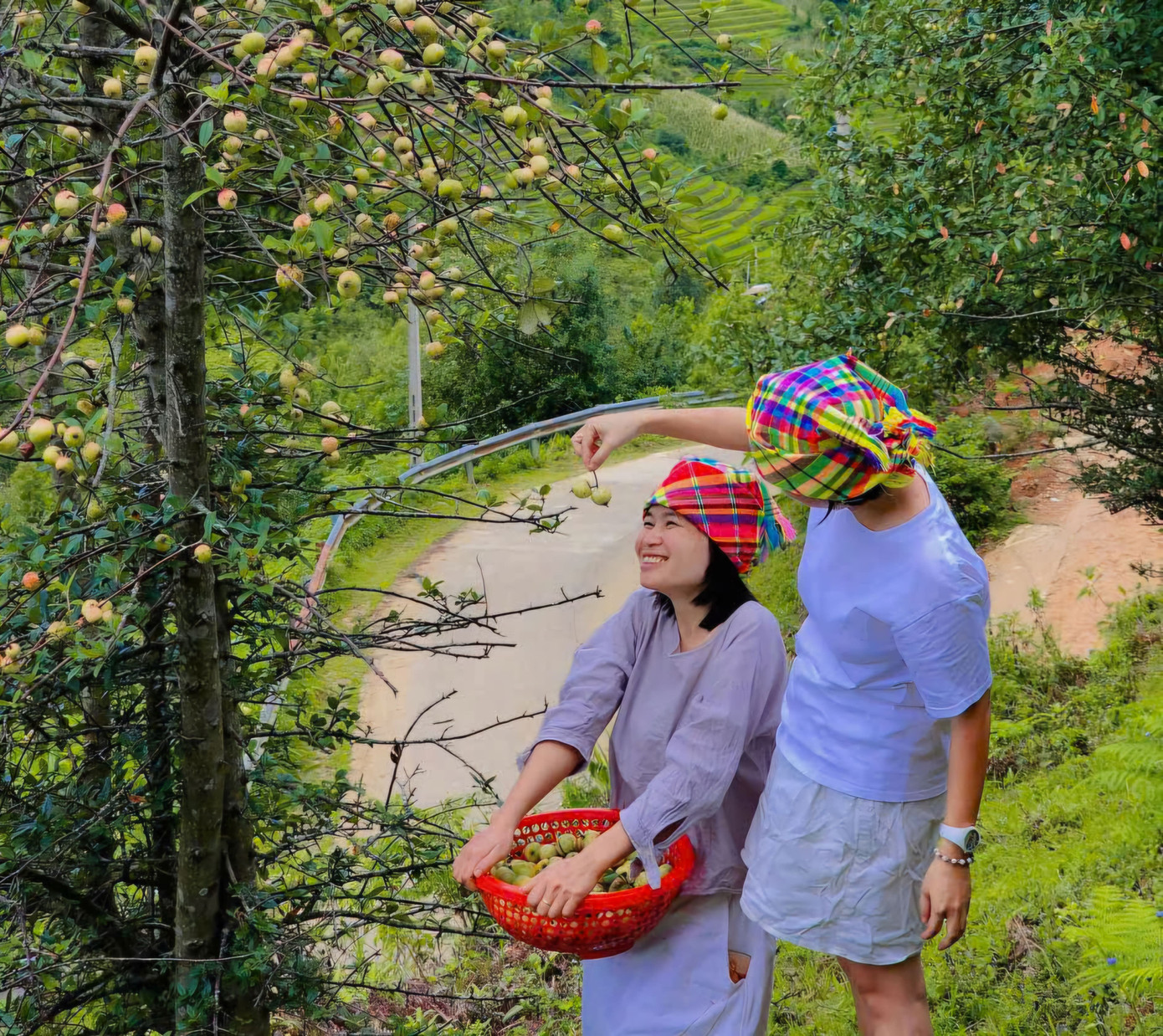
The wild rose apple tree, also known as the Chinese hawthorn, blooms from March and bears fruit from early September until November. Pictured are tourists capturing the ripening wild rose apples.
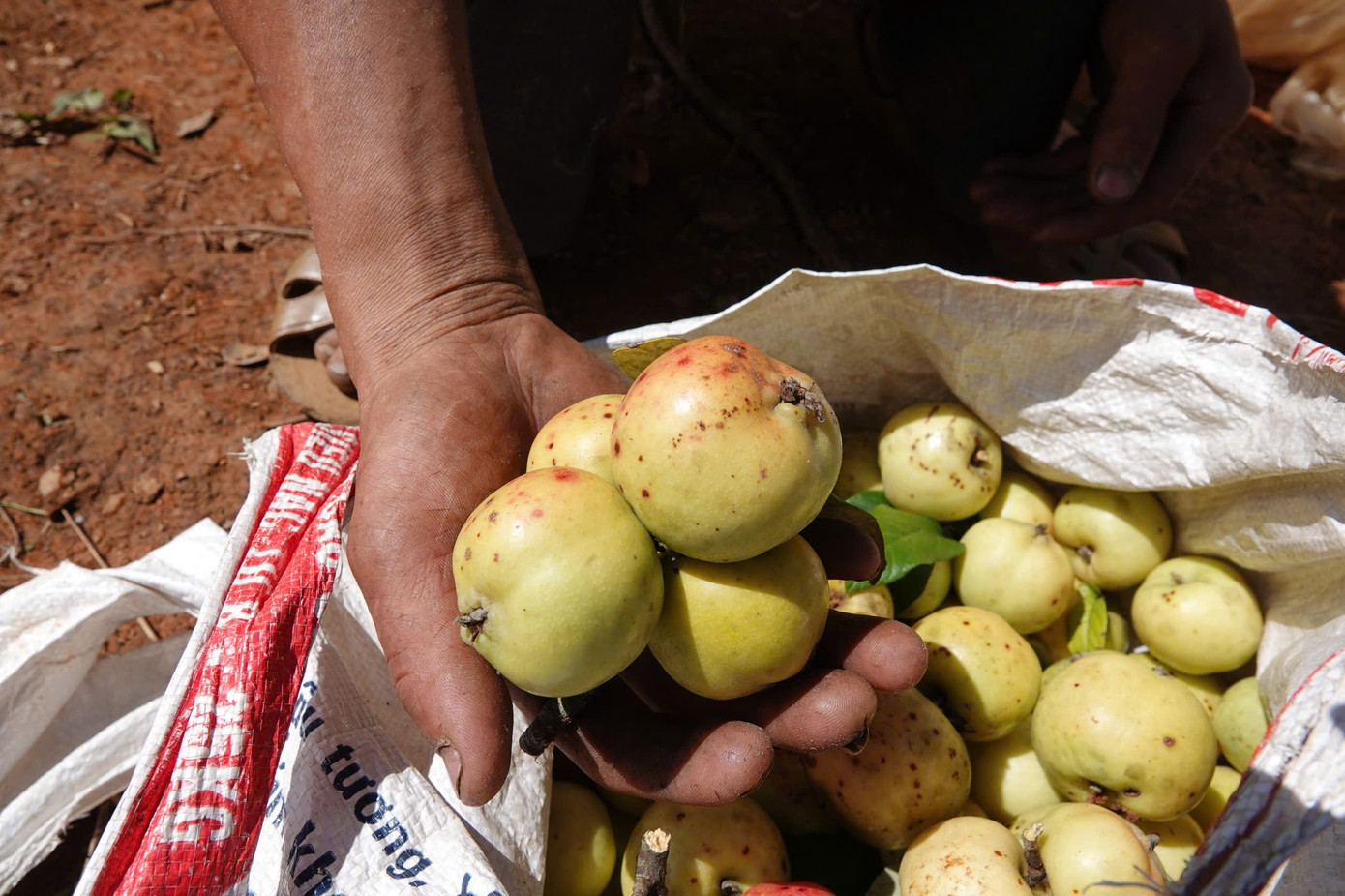
Nestled in the highlands of Northwest Vietnam, regions like Lao Cai, Son La, and Phu Tho are renowned for their wild rose apple orchards. Beyond its economic value, the fruit embodies the rustic essence and resilience of the local people. Sold by weight, prices range from VND 8,000 to 30,000 per kilogram, varying by intended use—whether for wine-making or fresh consumption, with the latter commanding a premium.
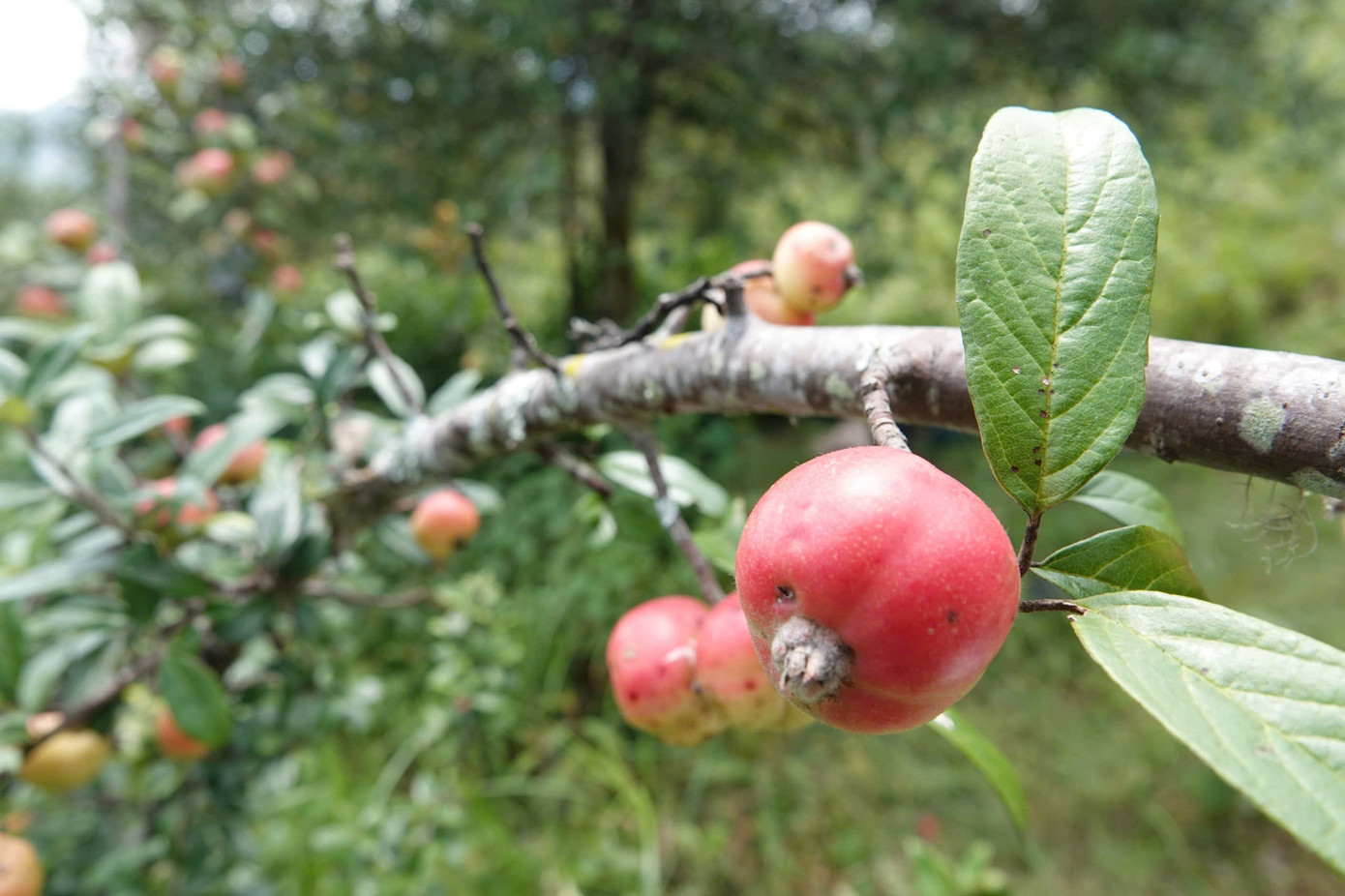
Along the central road of Mu Cang Chai, farmers from neighboring communes such as Nam Co, Pung Luong, Lao Chai, and Che Tao converge to sell their harvest. These areas are celebrated for their prolific wild rose apple cultivation, drawing buyers from afar.
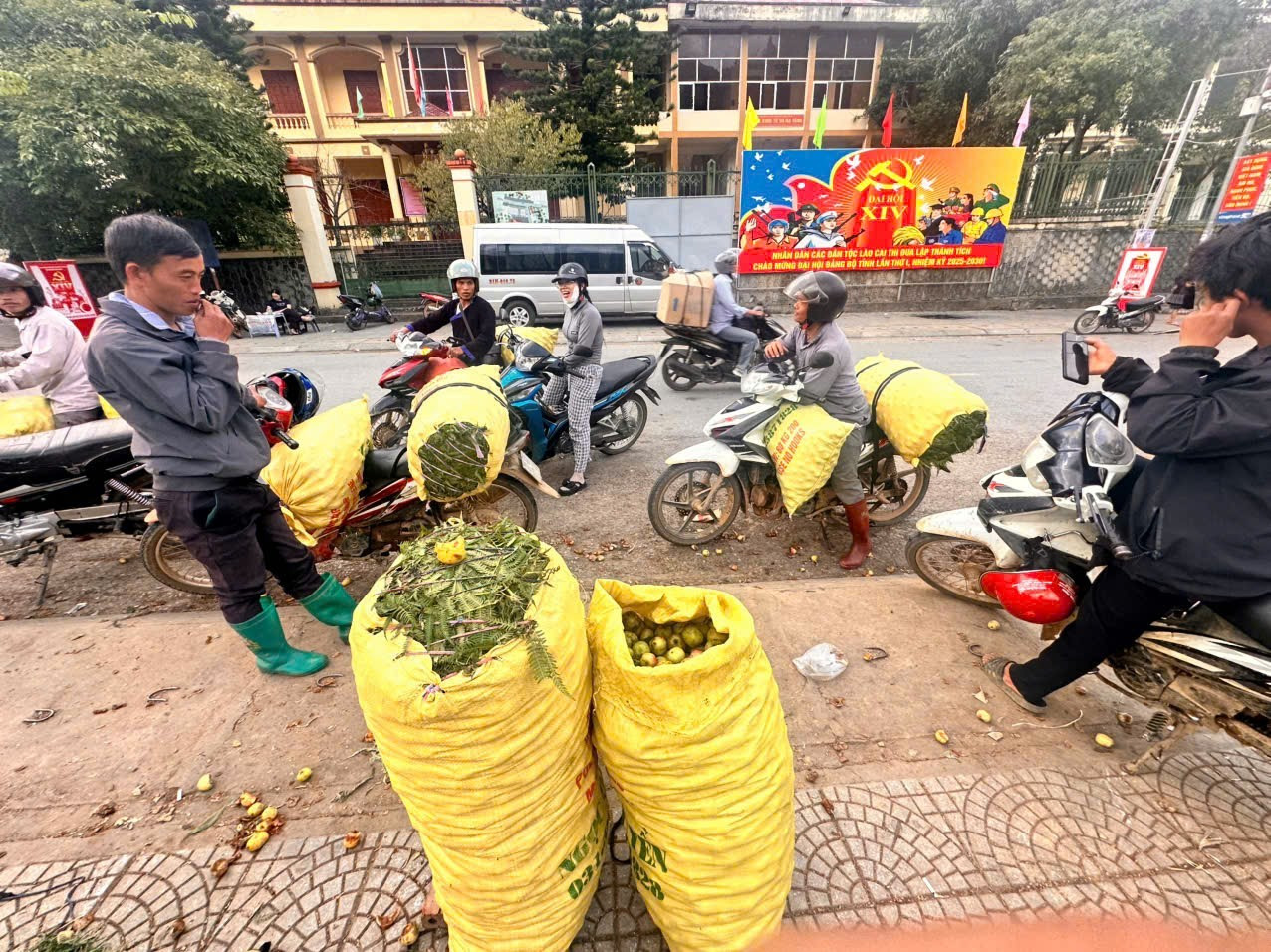
Wild rose apples destined for wine production are characterized by their astringency, firmness, and thick skin, yielding a robust and aromatic brew. Conversely, those meant for fresh consumption feature thinner skins, offering a sweet, refreshing taste, typically in smaller, juicier fruits.
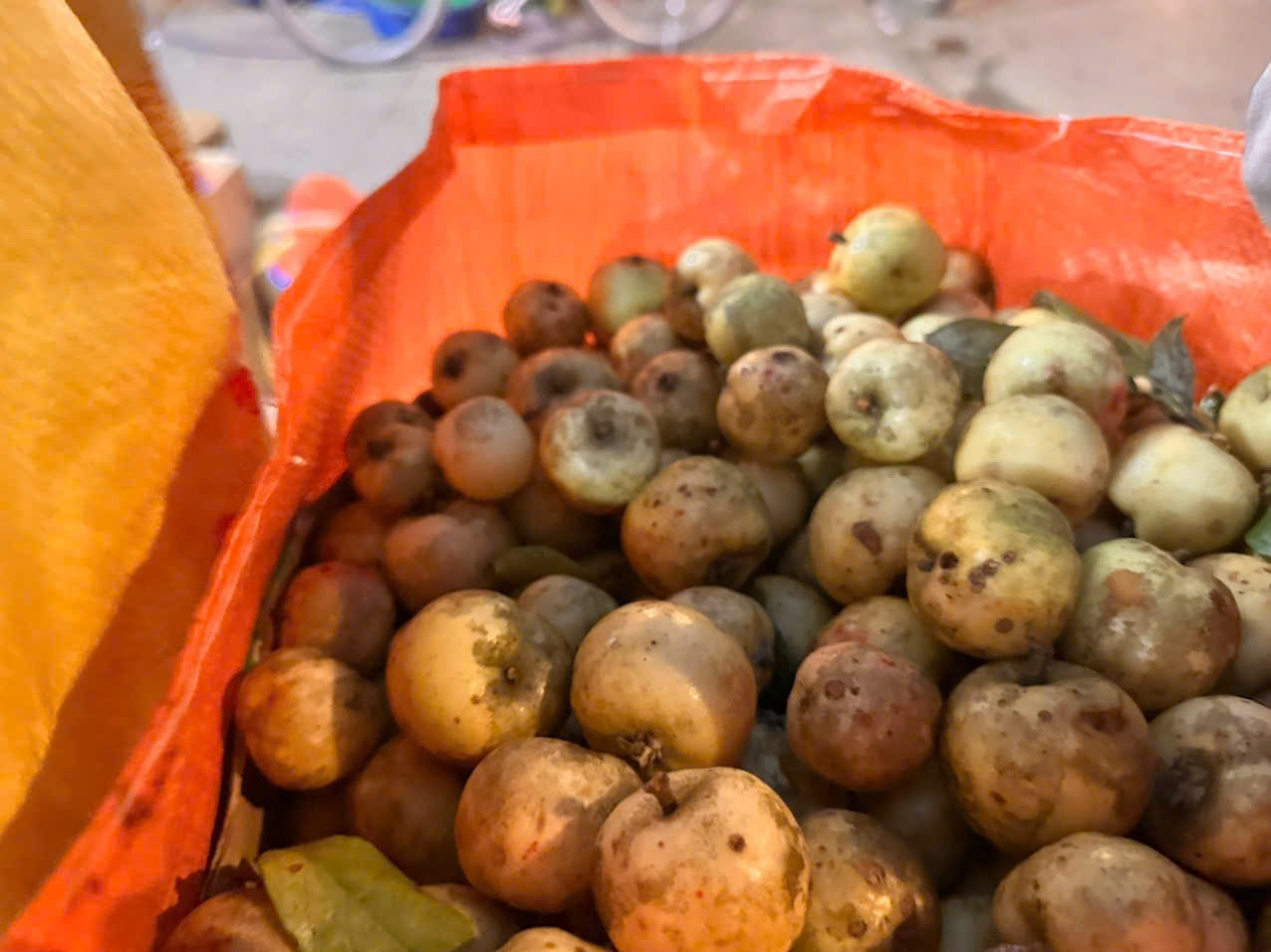
Experienced growers note the wild rose apple’s unique trait: within a single orchard, some trees bear sweet fruit while others produce tart or sour varieties. Trees yielding sweet apples tend to do so consistently, necessitating separate harvesting for premium pricing. Annually, farmers can earn between VND 20 to 30 million per season. However, recent years have seen bountiful harvests met with price declines, leaving growers concerned.
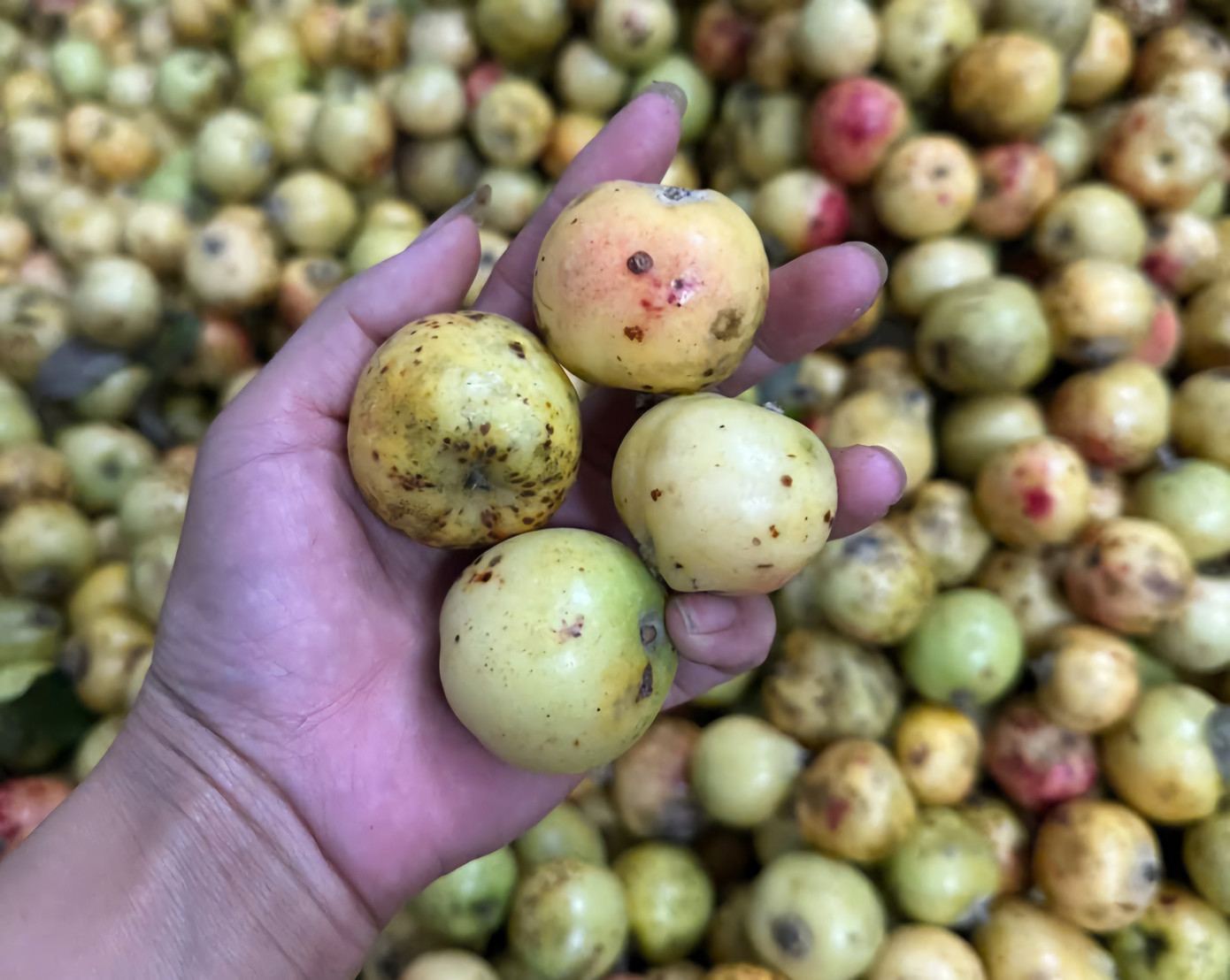
Hang Dinh Thu, Chairman of Lao Chai Commune’s People’s Committee in Lao Cai, reports that the commune boasts over 600 hectares of wild rose apple trees, making it one of the region’s largest cultivation areas. However, the absence of processing facilities forces farmers to rely on small-scale traders, leading to price volatility. Many forgo harvesting due to insufficient returns to cover labor costs. Thu advocates for corporate investment in processing infrastructure to ensure stable markets and sustain farmers’ commitment to this crop.
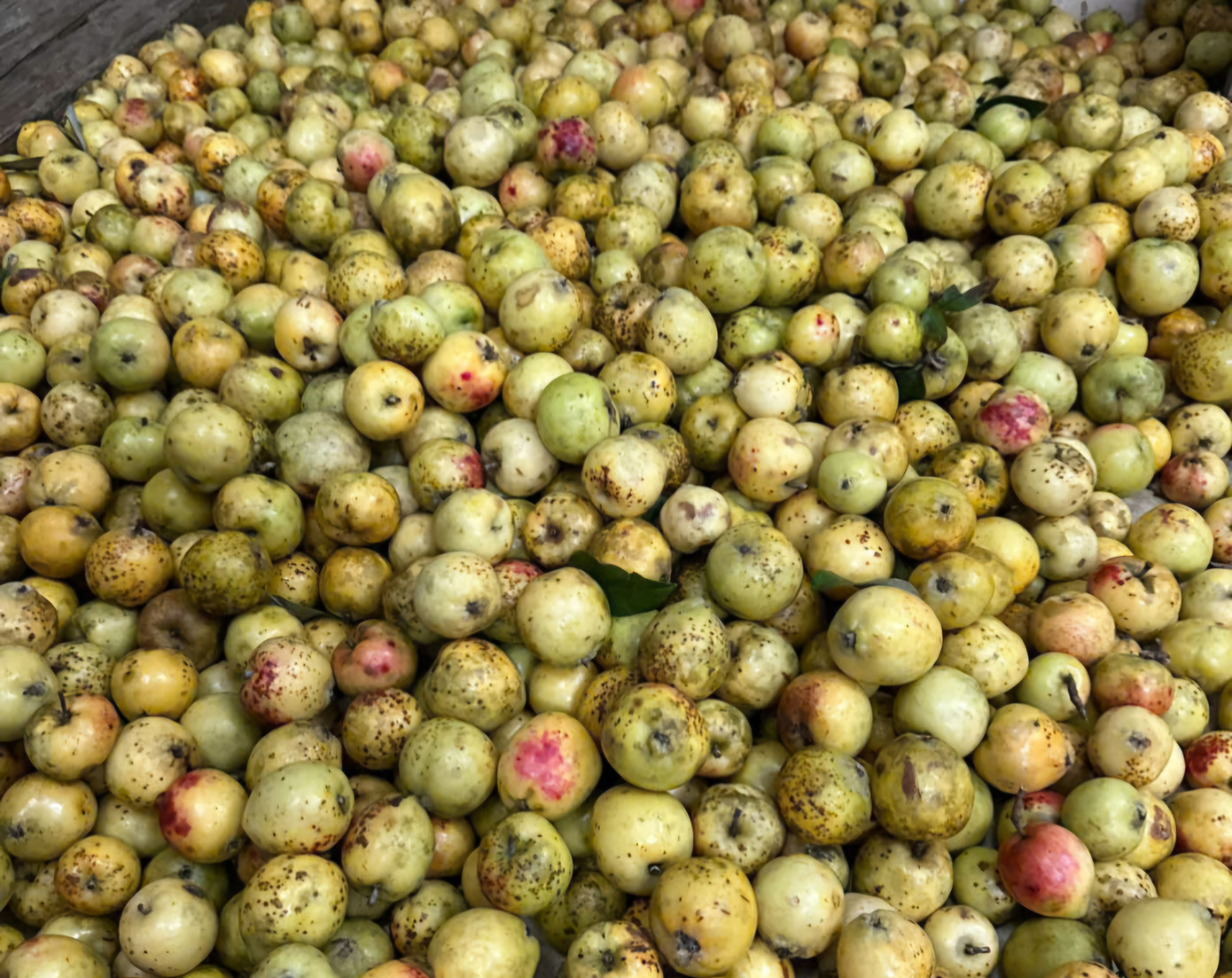
Why the Tallest Viaduct in Vietnam Has Been Paralysed for Months?
After almost a year of operation, the Mong Sen Bridge, a majestic viaduct with the tallest bridge piers in Vietnam (soaring at 83m), has been closed for the past two months. This engineering marvel, situated on the route from the Noi Bai – Lao Cai Expressway to Sa Pa, now lies dormant.
Unveiling the North’s Pride: A $175,000 Water Reservoir
Lake Cánh Tạng is the largest irrigation project in Northern Vietnam, with a total investment of 4,128 billion VND and a capacity of 91 million cubic meters of water. Upon completion, the project will provide irrigation to tens of thousands of hectares of agricultural land, transforming the region’s agricultural potential and securing a prosperous future for the community.
The Great Relocation: Over 1,800 Phu Tho Residents to Make Way for Strategic Railway Development
The proposed railway project, spanning 99 kilometers through Phu Tho province, entails the acquisition of over 620 hectares of land and the relocation of approximately 1,800 households. This ambitious endeavor forms a vital link in the Laos Cai – Hanoi – Hai Phong railway network, promising enhanced connectivity and opportunities for the region.
A $300 Million Project Gets Fast-Tracked: The Prime Minister’s Directive Slashes Construction Timeline from 2 Years to Just 6 Months
“In a recent development, the Prime Minister has issued a directive to expedite the completion of the 500 kV Laos Cai-Vinh Yen power line within an ambitious timeframe of just six months. This accelerated timeline, a stark contrast to the initially planned two-year schedule, was communicated via the Government Portal and underscores the government’s commitment to rapid infrastructure development.”



